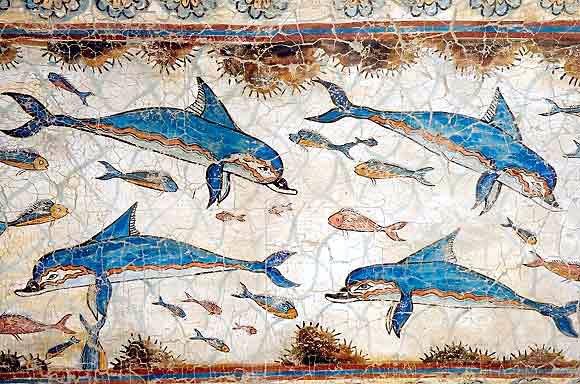The Art of Cooking!
In the latter part of the 15th Century, the great chef, Maestro Martino de Rossi, who worked for both the Princes of the State and the Church, wrote what seems to be the first truly cooking manuscript in Italy. Following the humoral theory of the time, Maestro Martino discussed the ingredients to use to arrive at a balance among the four qualities (hot, cold, dry and wet) of food, and the four temperaments (choleric, sanguine, phlegmatic and melancholic) of human beings. Apart from his talented use of old and new ingredients and his wise application of seasonings to create unique flavours, his manuscript was the first one written in the standard form of our contemporary cookbooks; it was divided by chapters and types of food (meat, broths, soups, pastas, fish, etc.), providing clear specifications on required quantities of ingredients, appropriate method of cooking, type of cookware to use, cooking time, how many persons each recipe served, and even whether to crush or finely or roughly chop diverse ingredients. Some succulent examples of his “how to prepare” recipes are “a dolphin fish should be fried and topped with orange juice”; “octopus is a vile fish of little worth; cook it however you wish”; “the meat of swan and crane should be stuffed with garlic, onion and other good things and then roasted”; and this practical advice: “the Lord’s Prayer and a little longer” is the time needed to boil an egg. Rest assured that during our painting workshops in Tuscany, we do not cook dolphins nor swans and we call for a kitchen timer. However we are thankful to Martini for inventing modern cooking and also to Bartolomeo Sacchi (known as Platina) who published in 1470 most of Martino recipes in his book De honesta voluptate et valitudine (On Right Pleasure and Good Health).



0 Comments